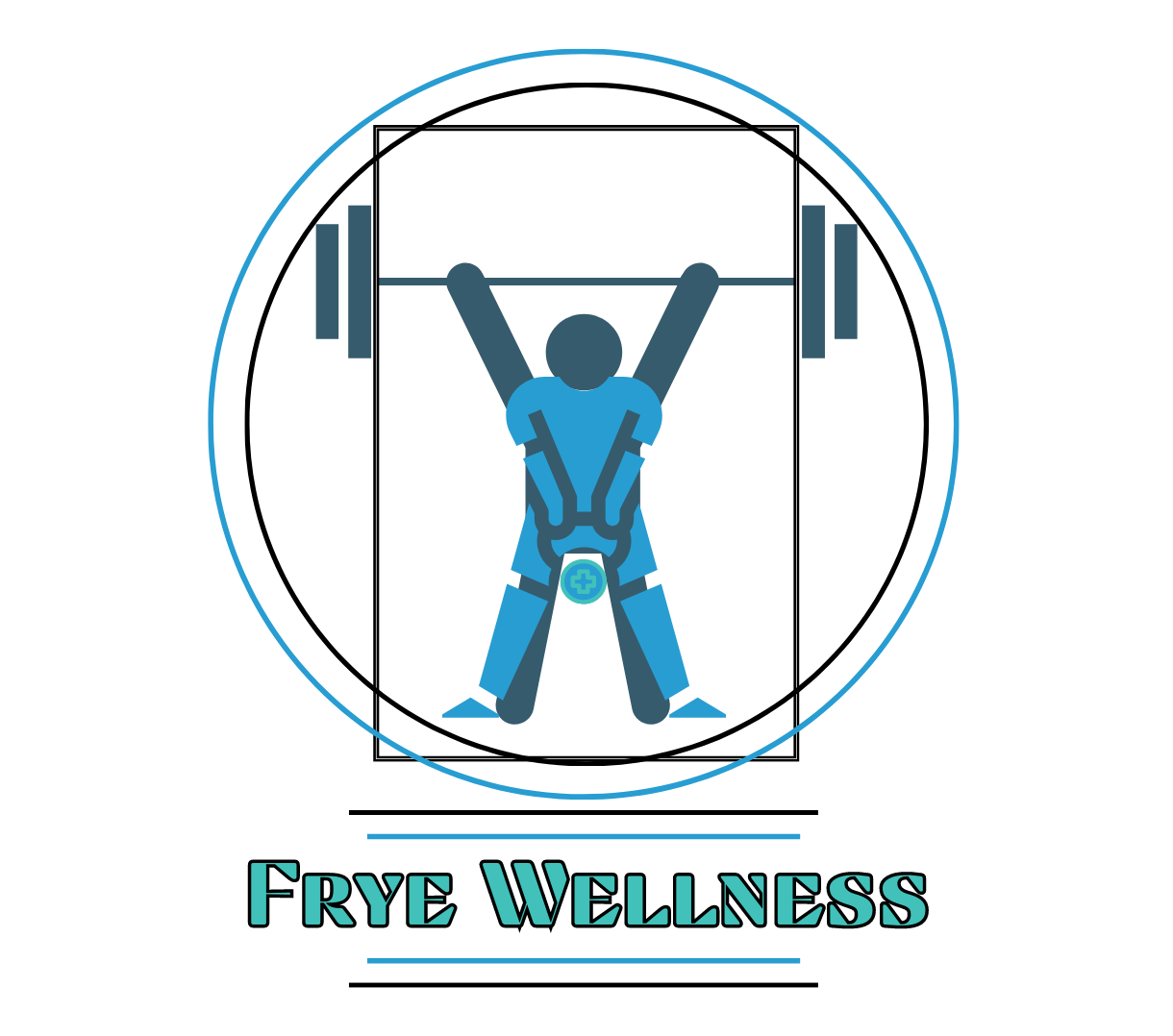The position of your pelvis plays an essential roll in the overall well being of your body and can lead to or alleviate pain in areas like your lower back. Pelvic position will vary between anterior (front) or posterior (rear) tilt and is influenced by things like posture, activity, and muscle tightness/ weakness. While the position will vary between individuals, it is generally desirable to maintain a slight posterior tilt, this position will better support your lower spine and transfer your upper body weight down to the ground instead of your lower vertebrae. Some of the muscles that will influence your pelvic position are your transverse abdominus & rectus abdominus (belly), iliopsoas (hip flexor), glutes (butt), hamstrings (back of upper leg), erector spinae (lower back), and rectus femoris (front of your upper leg). The balance of strength and length between these muscles will determine how your pelvis is positioned.
If your pelvis is anteriorly tilted, one of the best things you can do is to strengthen your midsection and hips as well as lengthen your lower back and iliopsoas (hip flexor). The basic concept is that your glutes (butt muscles) help to posteriorly tilt your pelvis and your rectus abdominus & transverse abdominus (belly) support that tilt. The simple circuit below will help to strengthen the appropriate muscles, all you need is a small weight (dumbbell, medicine ball, sand bag, heck a can of beans would work), perform 5 sets of 8 reps:
- Glute bridges- hold each high position for 5 seconds
- Standing figure 8s- 8 reps each direction
- Single leg toe touch- 8 reps each leg
- Reverse lunge with forward lift- 8 reps each leg
As you get better at the movements add reps to each set up to 12.
In addition to these movements, you can do the following lengthening exercises, hold each stretch for 1 min :
- Lower back stretch- place a folded up towel behind knees to alleviate pain
- Kneeling psoas stretch- note that bending the knee is optional
If your pelvis is dramatically posteriorly tilted, which is common in individuals who sit for extended periods of time, strengthening your hips and lower back will be effective in correcting that position, as well as lengthening your rectus abdominus (belly) and hamstrings (back of upper leg). The below circuit will get you started, perform 5 sets of 8 reps:
- Supermans- make sure to keep your chin tucked throughout
- Standing hip abduction- 8 reps each leg
- Supine straight leg raises- 8 reps each leg
- Bird dogs- 8 reps each side, keep belly tight
In addition to these movements, you can do the following lengthening exercises, hold each stretch for 1 min :
- Inch worms to cobra stretch- try to keep your legs straight, perform 10 reps going slow
- Supine hamstring stretch- use a belt, dog leash, or tie.
- Supine figure 4
If any movements cause sharp pain, stop immediately!
Getting you pelvis in an optimal position is well worth the time and effort as you will experience not only reduced pain but also improved vitality and performance in all areas of daily life. Please post any questions in the comments and be well!
